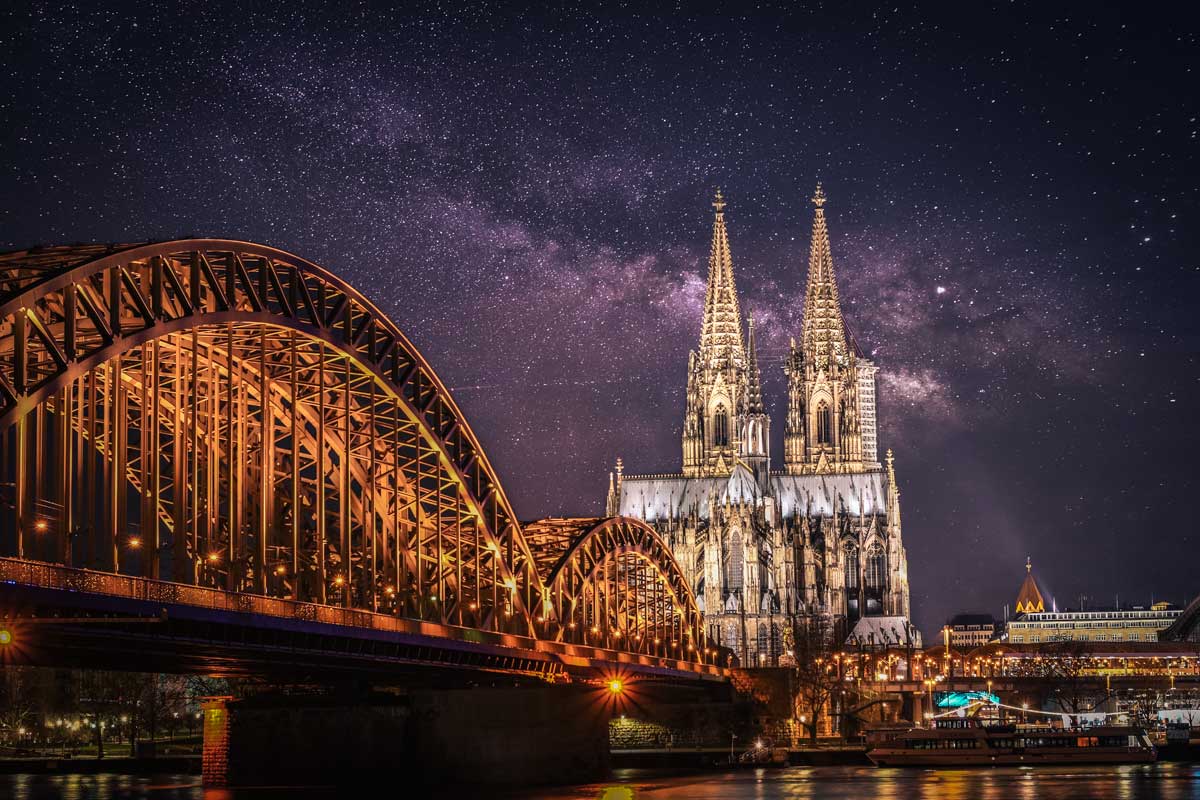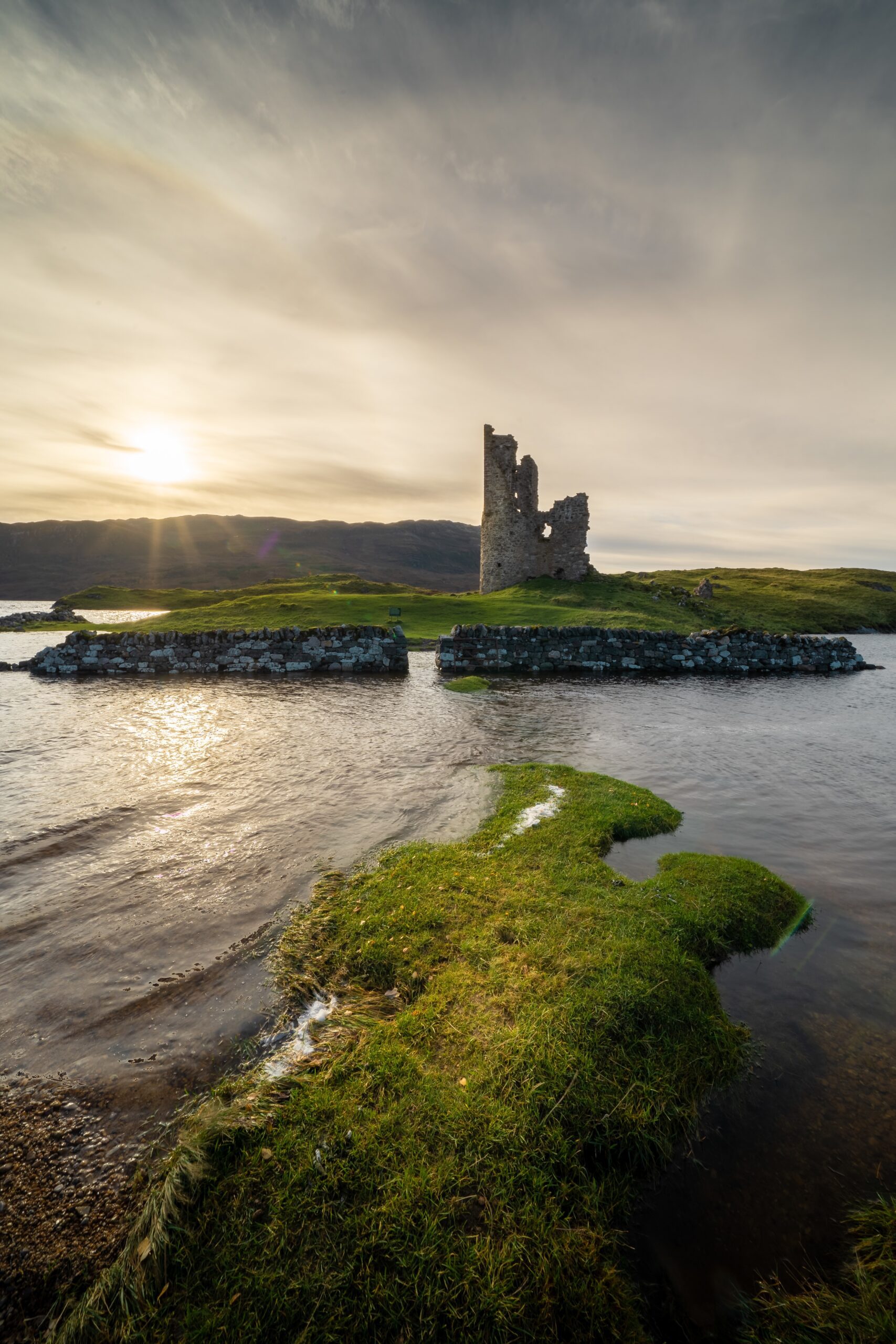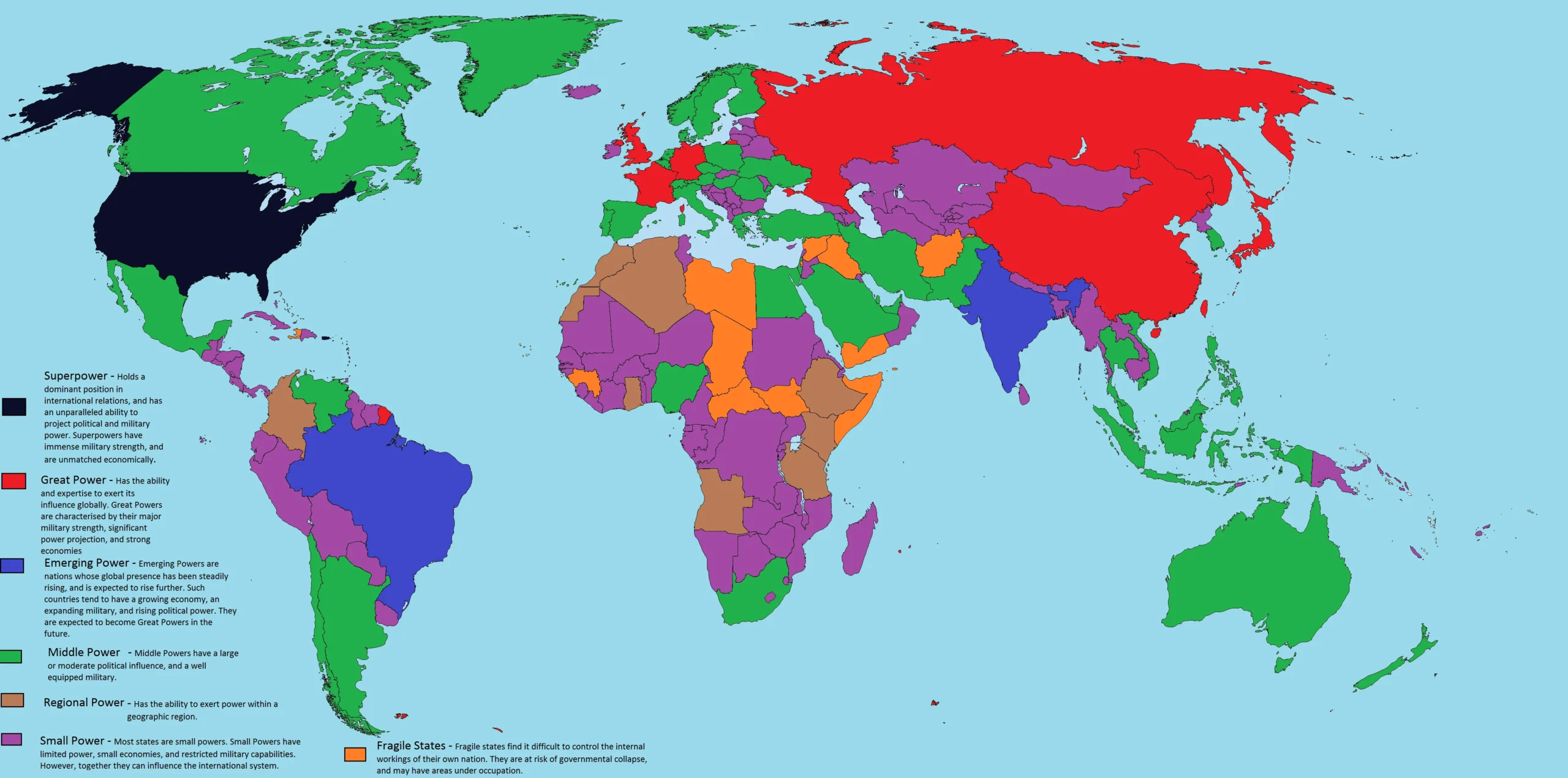Beautiful Landmarks of Germany: A Journey Through History and Nature
Germany, a country rich in history, culture, and natural beauty, is home to some of the most breathtaking in the beautiful landmarks of germany world.From medieval castles perched on hillsides to ultra-modern architecture in bustling cities, Germany offers an incredible variety of site
hat reflect its diverse heritage. Whether you are a history buff, an architecture enthusiast, or a nature lover, Germany’s landmarks have something special to offer.
In this article, we’ll take a journey through some of the most beautiful landmarks in Germany, each a testament to the country’s fascinating past and vibrant present.
1. Neuschwanstein Castle
No list of Germany’s landmarks would be complete without mentioning Neuschwanstein Castle. Situated in Bavaria, this 19th-century Romanesque Revival palace looks like something straight out of a fairy tale. Built by King Ludwig II, the castle was designed as a personal retreat and as a homage to the works of composer Richard Wagner. Surrounded by the rugged beauty of the Alps, Neuschwanstein Castle served as the inspiration for Disney’s Sleeping Beauty Castle. Its dreamy towers, scenic location, and rich history make it one of the most visited castles in Europe.
2. Brandenburg Gate
In the heart of Berlin stands the iconic Brandenburg Gate, a symbol of peace and unity. Built in the late 18th century, this neoclassical monument has witnessed many of Germany’s most pivotal historical events, including the division and reunification of the country. Once a part of the Berlin Wall, today the Brandenburg Gate stands as a proud reminder of Germany’s resilience and a meeting place for celebrations and events.
3. Cologne Cathedral (Kölner Dom)
The Cologne Cathedral, with its towering spires and stunning Gothic architecture, is a masterpiece that took over 600 years to complete. It is the largest Gothic church in Northern Europe and a UNESCO World Heritage Site. Inside, visitors are awed by the impressive stained-glass windows and the Shrine of the Three Kings, which is believed to contain the relics of the Magi. The panoramic view from the south tower is well worth the climb for those willing to tackle the 533 steps.
4. Black Forest (Schwarzwald)
For nature lovers, the Black Forest is a must-see. This dense, wooded mountain range in southwest Germany is famous for its deep valleys, rolling hills, and traditional villages. It’s also the birthplace of the famous Black Forest cake and cuckoo clocks. Visitors can explore the region by hiking, biking, or driving along the scenic routes. The Black Forest offers not just natural beauty but also the charm of folklore and traditions that have been kept alive for centuries.
5. Heidelberg Castle
Overlooking the beautiful old town of Heidelberg, Heidelberg Castle is a stunning example of Renaissance architecture. Though partially in ruins, the castle’s grandeur is unmistakable. The castle complex includes breathtaking gardens, the world’s largest wine barrel, and a magnificent terrace with panoramic views of the Neckar River Valley. Heidelberg itself, with its ancient university and cobbled streets, perfectly complements the romantic atmosphere of the castle.
university and cobbled streets, perfectly complements the romantic atmosphere of the castle.
6. The Romantic Road
The Romantic Road is not a single landmark but a famous route that takes travelers through southern Germany’s most picturesque towns and landscapes. Stretching from Würzburg to Füssen, this 350-kilometer journey passes through medieval towns like Rothenburg ob der Tauber, Dinkelsbühl, and Augsburg.https://www.insightvacations.com/blog/landmarks-in-germany/ Each stop offers charming half-timbered houses, historic market squares, and impressive fortifications. It’s a road trip that feels like traveling back in time.
7. Zugspitze
Standing at 2,962 meters, Zugspitze is Germany’s highest peak. Located in the Bavarian Alps, it offers breathtaking views over four countries on a clear day. Whether you’re skiing in winter or hiking in summer, Zugspitze is a paradise for outdoor enthusiasts. Visitors can reach the summit by cable car or cogwheel train and enjoy the spectacular scenery from the viewing platforms or restaurants at the top.
8. Sanssouci Palace
Located in Potsdam, near Berlin, Sanssouci Palace was the summer residence of Frederick the Great, King of Prussia. Often compared to France’s Versailles, Sanssouci is smaller but equally stunning, with its Rococo architecture and beautifully landscaped gardens. The name “Sanssouci” means “without worries,” and the palace’s serene design and surroundings live up to that sentiment perfectly.
9. Miniatur 
For something completely unique, visit Miniatur Wunderland in Hamburg, the world’s largest model railway exhibit. It’s a miniature world crafted with extraordinary attention to detail, featuring tiny replicas of cities, airports, mountains, and even famous landmarks from around the globe. It’s not just for children — adults are equally enchanted by the creativity and craftsmanship on display.
10. Reichstag Building
Another must-see in Berlin is the Reichstag Building, home to the German parliament. After its near destruction during World War II, it was restored and modernized in the 1990s. Architect Sir Norman Foster added a striking glass dome that symbolizes transparency and allows visitors to look down into the debating chamber. The dome also offers a spectacular 360-degree view of Berlin’s cityscape.
Conclusion
Germany’s landmarks offer a perfect blend of history, culture, and natural beauty. Each tells a story — from ancient castles and cathedrals to modern marvels and breathtaking landscapes. Whether you’re wand sitering through medieval towns, climbing alpine peaks, or marveling at architectural masterpieces, Germany promises unforgettable experiences. With so many beautiful landmarks to discover, a trip to Germany is truly like stepping into a living history book, with each page more fascinating than the last.
FAQs
Q1. What is the best time to visit Germany’s landmarks?
A: The best time to visit Germany is from May to September when the weather is warm and outdoor attractions are most enjoyable. However, winter (especially December) is magical for Christmas markets and snow-covered landscapes.
Q2. Are Germany’s landmarks easily accessible by public transport?
A: Yes, Germany has an excellent public transportation system. Trains, buses, and regional transit networks make it easy to travel to most major landmarks.
Q3. Do I need to book tickets in advance for popular landmarks?
A: For highly popular sites like Neuschwanstein Castle, it is advisable to book tickets in advance to avoid long wait times.
Q4. What are some hidden gem landmarks in Germany?
A: Besides the famous sites, hidden gems like the Moselle Valley, Eltz Castle, and the island of Rügen offer equally stunning experiences without the large crowds.
Q5. Can I explore Germany’s landmarks on a budget?
A: Absolutely! Many landmarks have low entrance fees or are free to visit. Public transport passes and city tourist cards can also help save money.












